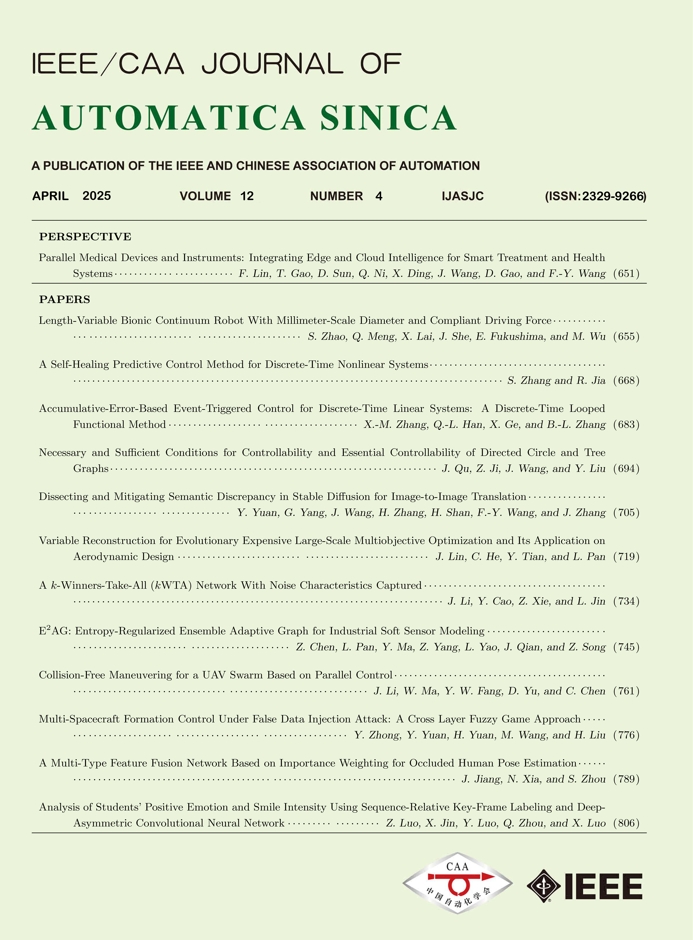Vol. 2, No. 4, 2015
column
Display Method:
2015, 2(4): 345-352.
Abstract:
2015, 2(4): 353-357.
Abstract:
2015, 2(4): 358-365.
Abstract:
2015, 2(4): 366-373.
Abstract:
2015, 2(4): 374-381.
Abstract:
2015, 2(4): 382-393.
Abstract:
2015, 2(4): 394-402.
Abstract:
2015, 2(4): 403-411.
Abstract:
2015, 2(4): 412-421.
Abstract:
2015, 2(4): 422-430.
Abstract:
2015, 2(4): 431-439.
Abstract:
2015, 2(4): 440-448.
Abstract:


 E-mail Alert
E-mail Alert


